Flavor characteristics of washed Yega Chevy Coffee suggestion on the proportion of brewing temperature of hand-washed Yejia Chevy Coffee beans
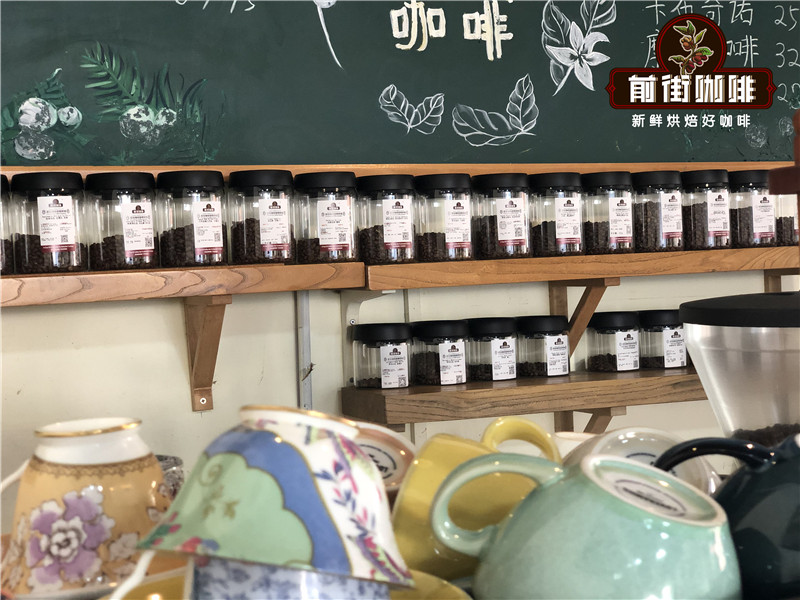
Professional coffee knowledge exchange more coffee bean information please follow the coffee workshop (Wechat official account cafe_style)
With the development of the coffee industry, more and more novel coffee processing methods have emerged, and the hottest treatment this year is anaerobic and barrel fermentation. At present, there are several types of anaerobic and barrel-treated coffee beans in Qianjie, which are also very popular with guests in the store. Indeed, this type of treatment is very outstanding and amazing in terms of aroma. However, there are still guests who like retro taste, such as a guest in the front street store who orders a glass of water every weekend. The guest's taste tends to be fresh and clean, so the choice of washing Yega Xuefei is actually very suitable for him. At present, there are two categories of Yejia Xuefei on Qianjie Street, namely, washed Yega Chuefei and Sun Ye Jia Xuefei. As mentioned earlier, the taste of washed Yega Xuefei will be relatively fresh and clean, while the sun can feel the obvious difference in the taste because it retains the flavor of the flesh, there is a sense of fermentation, and the sweetness and richness are improved. Today, Qianjie is mainly going to talk about the specific flavor performance of washing Yejia Xuefei.
Yejia Xuefei coffee producing area
Yirgacheffe is located in Gedeo region of southern Ethiopia. Because the coffee flavor produced by Yirgacheffe has a unique style and is widely loved, it has its own product classification and occupies a place in the global boutique coffee market. Yirgacheffe itself is a small town, with three small producing areas Wenago, Kochere and Gelena Abaya adjacent to it. Because the flavor of the coffee produced is similar to that of Yejiaxuefei, these small producing areas are also divided into Yejasuefei producing areas. At first, the coffee trees of Yejasuefei were planted by monks in Europe, and later the responsibility was transferred to farmers or cooperatives.
Ethiopian coffee production system Ethiopian coffee can be divided into three categories according to the mode of cultivation:
Forest coffee: most of these wild coffee trees grow in southwestern Ethiopia and are usually surrounded by many shade plants, and the coffee tree itself is a mixture of multiple varieties. The fecundity and yield of high-yield varieties are not as good as those of other artificially selected varieties. Courtyard coffee: this kind of coffee trees are usually planted around human and animal homes, have less natural shade, and actively manage such shade bushes, such as frequent pruning so that coffee trees are not overshadowed. Many producers will fertilize. Ethiopian coffee is mostly of this type.
Large farm coffee: this kind of coffee comes from large farmland with intensive cultivation. Standardized farming methods are adopted, including pruning, rotten soil mulching, fertilization and selection of varieties with high disease resistance.
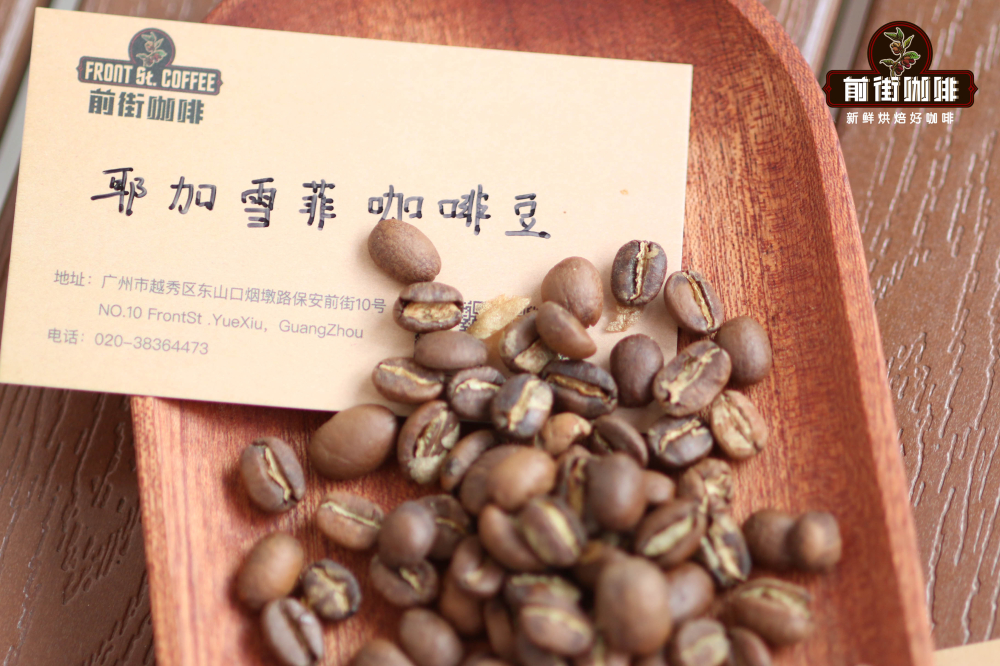
Washing treatment method
Traditionally, Yejiaxuefei coffee is the oldest method of sun treatment, but because most of the early sun-dried coffee beans are dried on the flat ground, they are inevitably contaminated with miscellaneous smells such as soil flavor and dust, coupled with the lack of reasonable screening, the quality of sun-dried beans is average. In 1972, Ethiopia introduced Central and South American washing technology to improve the quality of coffee, which made the jasmine and citrus lemon aromas of Yega Chuefei Coffee clearer and brighter, making it one of the representatives of fine coffee in the world.
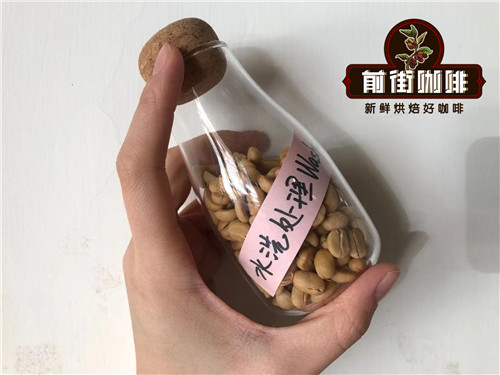
Compared with the sun method, the water washing method is better to control the quality of coffee beans, which mainly lies in washing the coffee to slow down the "fermentation" process, and because a large amount of water is needed, water washing treatment is rarely seen in countries that lack water resources. Qianjie is considering that washing treatment will better reflect the cleanliness of coffee taste and pure flavor, so when analyzing the specific flavor of a coffee producing area, it will take the washed beans in that area as a reference. If the guests have not drunk Yejia Xuefei, Qianjie will also give priority to the water-washed Yejia Xuefei, which will help to form the understanding of the flavor of the producing area, and then try the Yejia Xuefei, which is treated by tanning, honey treatment and so on. can have a direction of comparison.
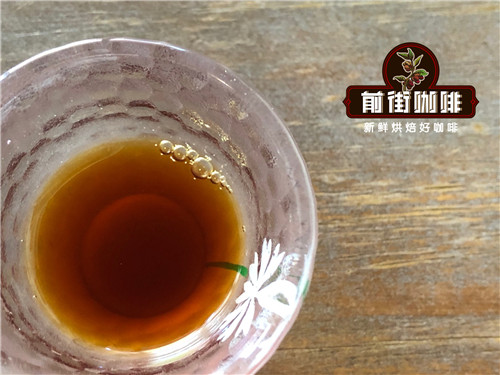
[process of washing treatment]
1. Choose beans: put the harvested fruit in a large tank, the ripe fruit will sink, and the immature or overripe fruit will float on the surface.
two。 Remove the pulp: use a machine to remove the peel and pulp, leaving only coffee beans coated with pectin. The process of washing is to wash this layer of pectin.
3. Fermentation: pectin has strong adhesion and is not easy to remove. It must be placed in a tank for about 18-36 hours and fermented and decomposed by microorganisms.
4. Washing: put the fermented beans into the pool and wash them back and forth, using the friction force between the beans and the water to wash the coffee beans.
5. Drying: after washing, the moisture content of coffee beans reaches 50%, which must be dried so that its moisture content is reduced to 12%, otherwise it will become moldy and corrupt due to high moisture content. The best treatment is to use sunlight to dry, although it takes 1-3 weeks, but the flavor is good. In some places, machines are used to dry, greatly shortening the processing time, but the flavor is relatively inferior to that of sun-dried coffee beans.
6. Shelling: after the dried coffee beans are stored in the warehouse for a week (to stabilize the moisture content), they are handed over to the factory for shelling and sheep skin removal.
7. Selection and grading: remove defective beans, ensure better quality, and then give them to exporters to sell all over the world.

Yejia Xuefei coffee varieties are native to the region, with small granules, round appearance and small bean body, mostly between 14 and 15 orders. The grading system of Ethiopian coffee beans by ECX (Ethiopian Commodity Exchange Ethiopian Commodity Exchange) established in 2012 is divided into two aspects. The grading is based on the combination of physical properties and cup test flavor characteristics. The specific grading and scoring criteria of ECX are as follows:
1. Score definition of washing treatment method
① physical characteristics account for 40%: number of defects (20%), appearance size (10%), color (5%), smell (5%)
② cup test quality accounts for 60%: cleanliness (15%), acidity (15%), taste (15%), flavor characteristics (15%)
two。 Score definition of solarization treatment
① physical characteristics account for 40%: number of defects (30%), odor (10%)
② cup test quality accounts for 60%: cleanliness (15%), acidity (15%), taste (15%), flavor characteristics (15%)
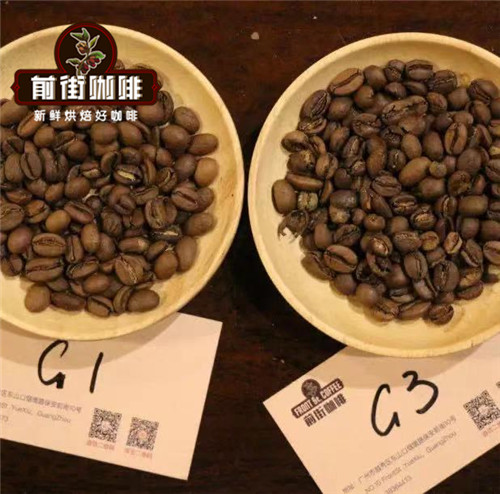
3. Overall summary
All ① coffees are classified according to the treatment method: sun exposure, water washing.
② is rated as 9 grades of G1-G9 according to physical characteristics and cup test basic quality.
③ tested the G1-G3 again according to the SCAA standard, and evaluated its flavor properties in more detail, and rated the G1 and G2 with no less than 85 points as Q1.
④ rated G1meng G2meng G3 as Q2 for those between 80 and 85, and G3 for all G1Magic G2meng G3 with scores below 80.
⑤ Q1 and Q2 are classified as Specialty Grade exports. G4-G9 kept the original grade unchanged and was classified as Commercial Grade export together with G3.
Whether it is water-washed coffee beans or sun-treated coffee beans, there are less than 3 defective beans in every 300g export raw beans, grade G1, and 4-12 defective beans in every 300g export raw beans, grade G2.
What's the difference between G1 and G2 washing Yega Xuefei?
The coffee beans currently selected in Qianjie are all grade G1, but they are also compared with those of G2. Take washing Yega Chuefei as an example to see the difference between G1 and G2 in appearance and flavor. By comparing the raw beans in the front street, it can be found that the raw beans washed with Yega G1 look more symmetrical and the defect rate is lower, while the raw beans washed with Yega G2 look obviously uneven in size and have a higher defect rate.
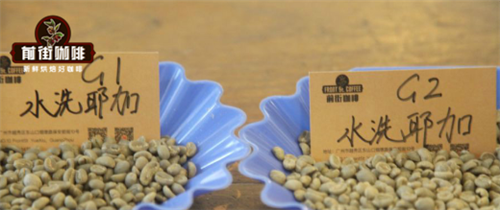
[Qianjie Coffee Baking suggestion]
The overall baking idea of Qianjie is that the most iconic flavor of Yega Chuefei coffee is its delicate acidity and rich flower and fruit aromas. in order to maximize this flavor, shallow roasting is used. 1. Wash Yega Xuefei with G1 water
The furnace temperature is 200℃, the firepower is 150mm, the throttle is opened 3; the temperature recovery point is 1 ", and the throttle is opened to 4 at 140℃, the firepower remains the same; when the furnace temperature is 151℃, the bean meter turns yellow, the smell of grass disappears completely, entering the dehydration stage, the firepower drops to 120mm. The smell of toasted bread has obviously changed to the smell of coffee, which can be defined as a prelude to an explosion. At this time, it is necessary to listen carefully to the sound of the explosion point. The sound of the explosion point starts to explode at the 8th hour, the throttle opens to 5, and after the explosion, the development develops to 2mm, 39th, 00, and 193.5 ℃.
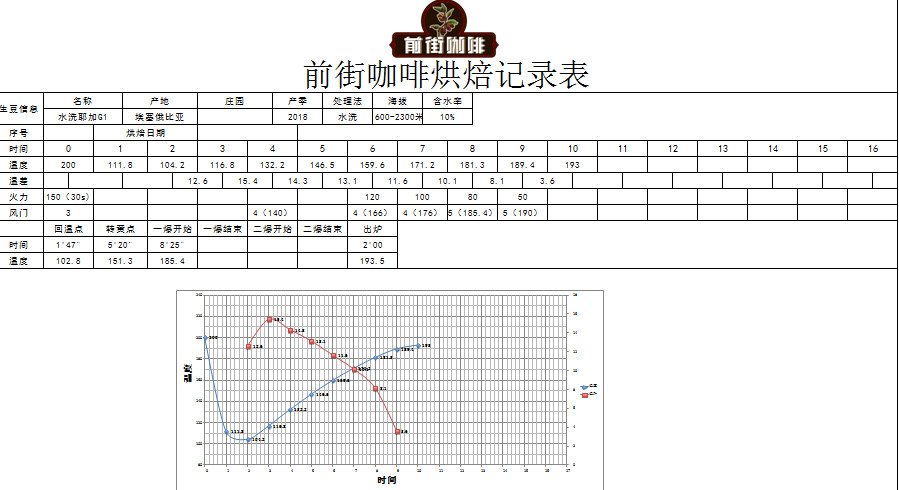
2. G2 wash Yega Xuefei
The furnace temperature is 200℃, the firepower is 150mm, the throttle is opened 3; the temperature recovery point is 1mm / ℃, the throttle is opened to 4, the firepower is unchanged; when the furnace temperature is 147℃, the bean meter turns yellow, the smell of grass disappears completely, entering the dehydration stage, the firepower drops to 140. The smell of toasted bread has obviously changed to the smell of coffee, which can be defined as a prelude to an explosion. At this time, it is necessary to listen carefully to the sound of the explosion point. The sound of the explosion point starts to explode until the air door opens to 5, and after the explosion, the development of the bread toast is obviously changed to the coffee smell. 195 ℃ put into the pot.
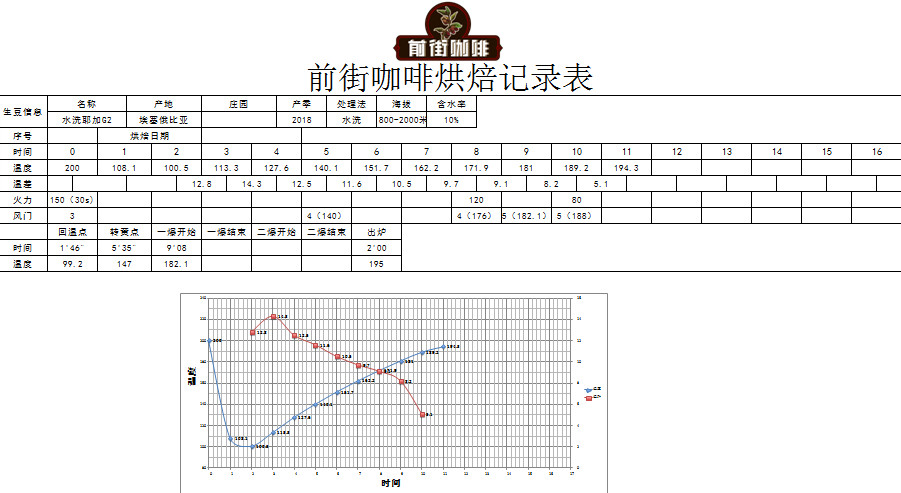
[coffee cup test report on Qianjie]
1. Wash Yega Xuefei with G1 water
Dried incense: Jasmine, ginger
Wet fragrance: lemon, citrus
Entrance: citrus, lemon, grapefruit, plum, Tieguanyin
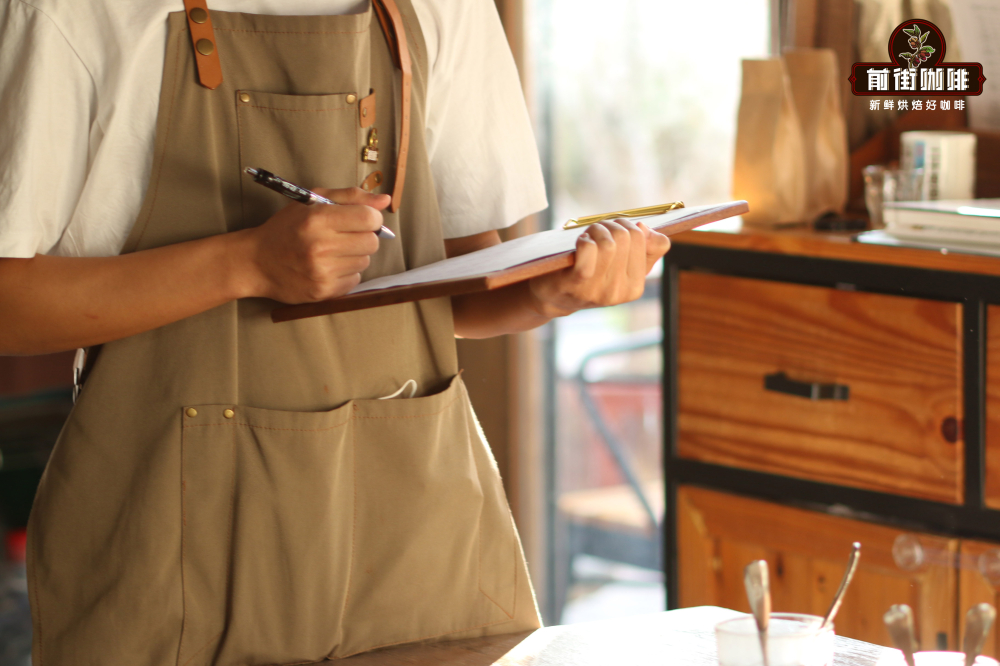
2. G2 wash Yega Xuefei
Dried incense: Jasmine, citrus
Wet fragrance: lemon, citrus
Entrance: lemon, citrus, tea
[the coffee hand in the front street suggests]
In order to fully extract the acid properties of Yejiaxuefei, Qianjie uses higher water temperature and finer grinding degree for extraction, but in order to avoid over-extraction caused by high temperature, faster flow rate filter cups such as V60 filter cups will be used. The V60 filter cup is in a 60 °cone shape, and the tapered angle allows the coffee powder to be distributed centrally, and when water is injected, the water can automatically converge to the center of the filter cup to ensure that the contact time between the water and the coffee powder is sufficient, so that the appropriate coffee liquid can be extracted. In addition, the ribs on the inside of the body of the V60 filter cup extend clockwise from the bottom to the top, so that there is enough space between the filter paper and the filter cup, so that the flow of water is good. Coupled with the large holes in the bottom, the flow velocity is relatively faster than that of many filter cups.
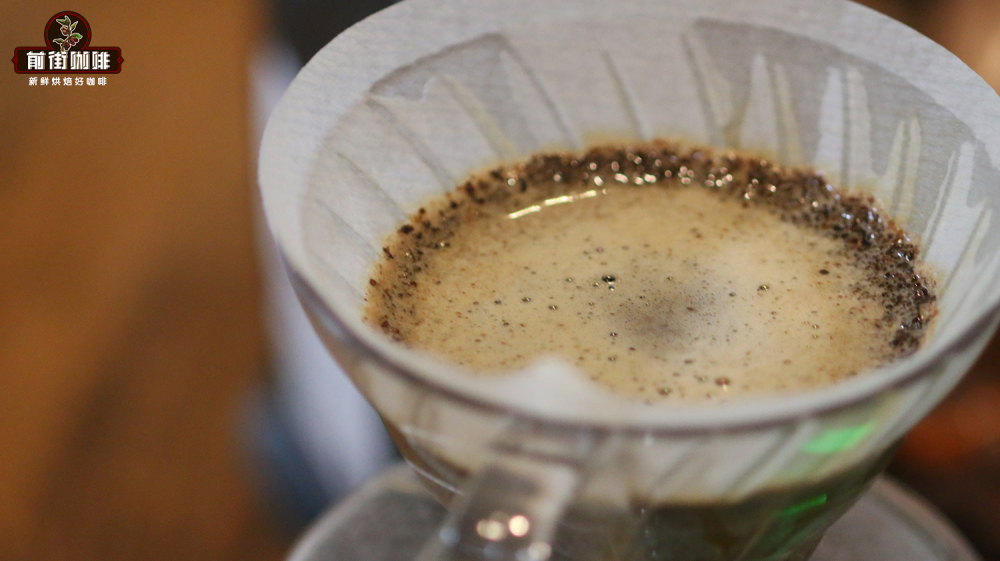
The specific brewing parameters of Qianjie coffee are: V60 filter cup, water temperature 90 ℃, water powder ratio 1:15, powder quantity 15g, grindness (China No. 20 standard sieve pass rate 80%)
As for the degree of grinding, Qianjie would like to remind you that even if they are all Yega Xuefei, because of the different grades, Qianjie will sift through each bean once to determine their respective degree of grinding. The front street cooking technique: first wet the filter paper and preheat the filter cup and the coffee pot. Steam with 30 grams of water for 30 seconds, small water flow around the circle to 125 grams for stages, water level drop is about to expose the powder bed, continue to inject water to 225 grams to stop water injection, and so the water level drop is about to expose the powder bed to remove the filter cup, (steaming starts timing) the extraction time is 2 minutes 39 percent 05 ".
[G1 washed Yega Chuefei] it smells of jasmine, lemon and caramel sweetness, soft citrus acidity and cream on the palate, lemon acidity in the middle, sugar back to sweet, and a finish of oolong tea.
[G2 washed Yega Chuefei] it smells of jasmine and citrus acid, with lemon, grapefruit acid and black tea on the palate, with a hint of cocoa at the end and caramel.
Qianjie through the above series of links, compared with the two water washed Yega Xuefei, from raw beans and cooked beans can clearly see that the particle size of [G1] beans is relatively symmetrical, while [G2] beans can be clearly seen uneven, and there are many defective beans. In the baking process, you can obviously smell the aroma of [G1], while the aroma of [G2] is slightly inferior. In terms of flavor, in fact, [G1] [G2] is relatively close, mainly lemon, citrus, jasmine and other flavors, but by contrast, the flavor level of [G1] is rich and clear, while the flavor level of [G2] is less and less clear, with some miscellaneous smell.
Will there be any difference in washing Yega Xuefei with different water temperatures?
Qianjie talked about the use of higher water temperature to cook Yega Chuefei in order to extract its acidity as much as possible. But on the front street, a guest asked, how high is the temperature of the water? According to the recommendations of SCA American Fine Coffee Association, the water temperature should be controlled at 85-94 ℃, the suitable water temperature for light-roasted beans should be 90-94 ℃, and that for deep-baked beans should be 85-89 ℃.
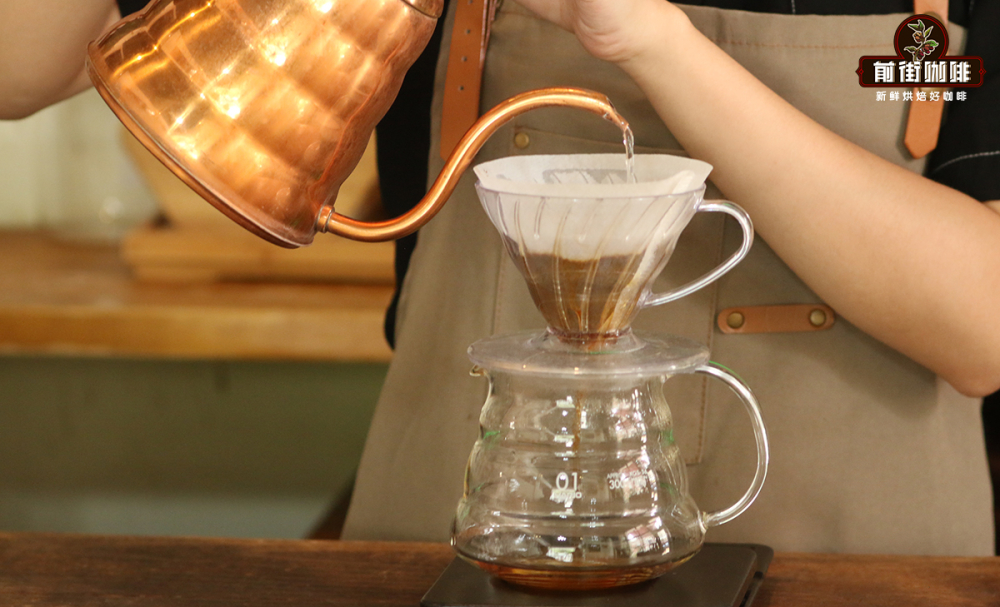
Qianjie in order to make people more intuitively understand the effect of this temperature on the flavor of coffee, take Yega Xuefei fruit Ding Ding as an example, using four different water temperatures to verify what kind of flavor experience it will have. Cooking parameters (try to be consistent), except for water temperature, other parameters are consistent: V60 filter cup, 15g powder, powder / water ratio at 1:15, grindness is BG#5F (China 20 standard sieve pass rate of 80%)
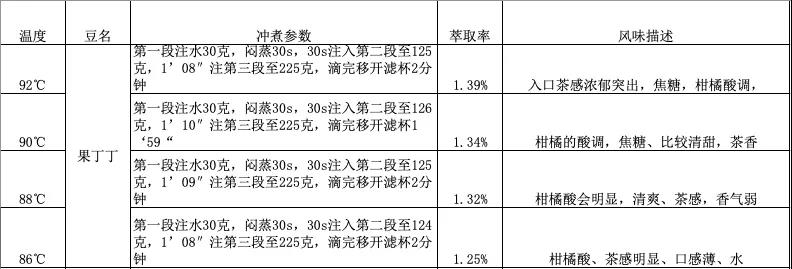
Through the cooking data, we can see that the light-baked fruit is more suitable to be cooked at the water temperature of 90-92 ℃, which can show the sour and sweet taste of the fruit, which accords with the flavor of the fruit. The use of 86-88 ℃ of water temperature, can obviously feel the outstanding acid quality of beans, but lack of aroma, taste will appear thin, water and so on. The light-roasted coffee retains more flavor of the coffee. At this roasting degree, beans tend to be rich in flower aroma and fruit acid, and the flavor is more layered. Using a slightly higher water temperature can better highlight the flavor characteristics of "Yejia Xuefei Dingding".
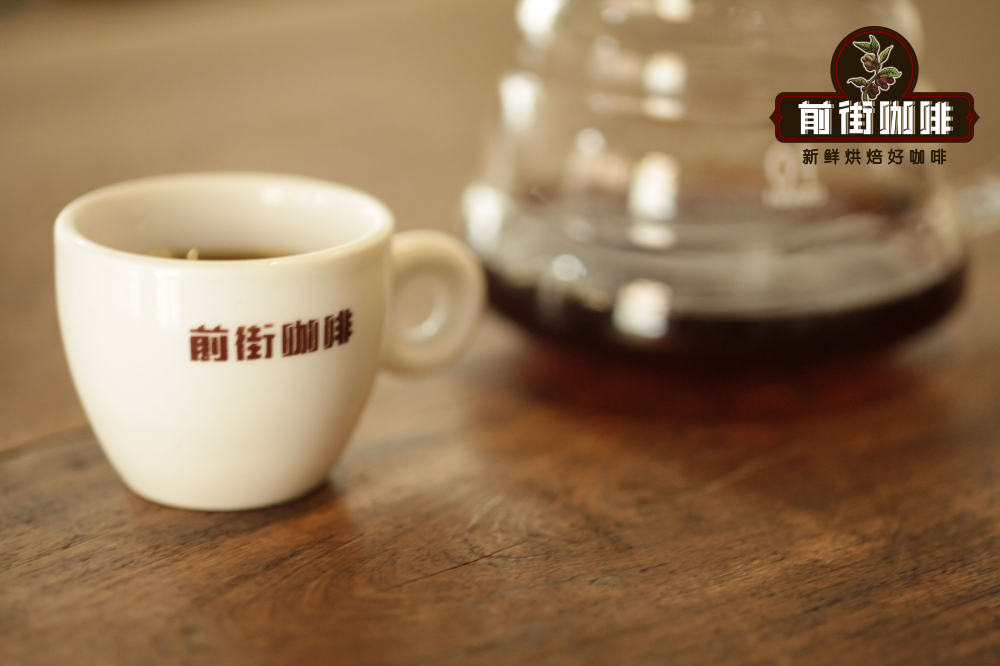
For more boutique coffee beans, please add private Qianjie coffee on Wechat. WeChat account: kaixinguoguo0925
Important Notice :
前街咖啡 FrontStreet Coffee has moved to new addredd:
FrontStreet Coffee Address: 315,Donghua East Road,GuangZhou
Tel:020 38364473
- Prev
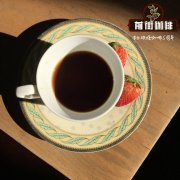
Flavor and flavor of bourbon coffee beans from Las Cruces processing plant on Marina Cumbre farm in El Salvador
Professional coffee knowledge exchange more coffee bean information please follow the coffee workshop (Wechat official account cafe_style) El Salvador Marina Cumbre farm Las Cruces processing plant bourbon coffee beans flavor and taste? How to make it by hand? Marina Cumbre is a farm that is part of the project and works with the Jasal family. It is owned by producer Alejandro Duarte.
- Next
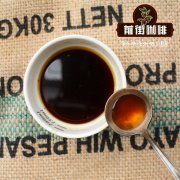
Wash Yejia Xuefei introduce how to drink rinse water wash Yega Xuefei ratio
Professional coffee knowledge exchange more coffee bean information Please follow the coffee workshop (official Wechat account cafe_style) use the phrase "coffee entrance, flowers in full bloom" to describe Yega Xuefei, just like flowers promote the comfort of taste buds and olfactory cells in the nasal cavity. Yega Chefe is located in Ethiopia, the birthplace of Arabica coffee beans. A natural wetland.
Related
- Detailed explanation of Jadeite planting Land in Panamanian Jadeite Manor introduction to the grading system of Jadeite competitive bidding, Red bid, Green bid and Rose Summer
- Story of Coffee planting in Brenka region of Costa Rica Stonehenge Manor anaerobic heavy honey treatment of flavor mouth
- What's on the barrel of Blue Mountain Coffee beans?
- Can American coffee also pull flowers? How to use hot American style to pull out a good-looking pattern?
- Can you make a cold extract with coffee beans? What is the right proportion for cold-extracted coffee formula?
- Indonesian PWN Gold Mandrine Coffee Origin Features Flavor How to Chong? Mandolin coffee is American.
- A brief introduction to the flavor characteristics of Brazilian yellow bourbon coffee beans
- What is the effect of different water quality on the flavor of cold-extracted coffee? What kind of water is best for brewing coffee?
- Why do you think of Rose Summer whenever you mention Panamanian coffee?
- Introduction to the characteristics of authentic blue mountain coffee bean producing areas? What is the CIB Coffee Authority in Jamaica?

